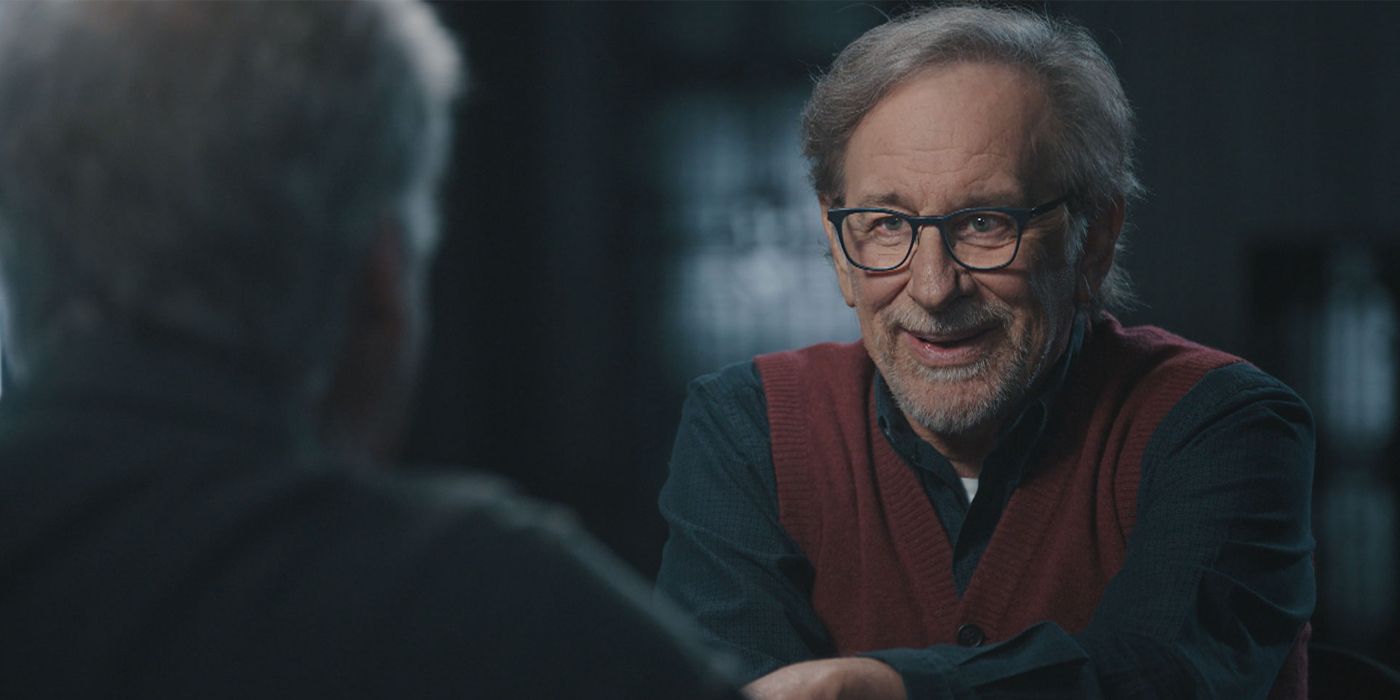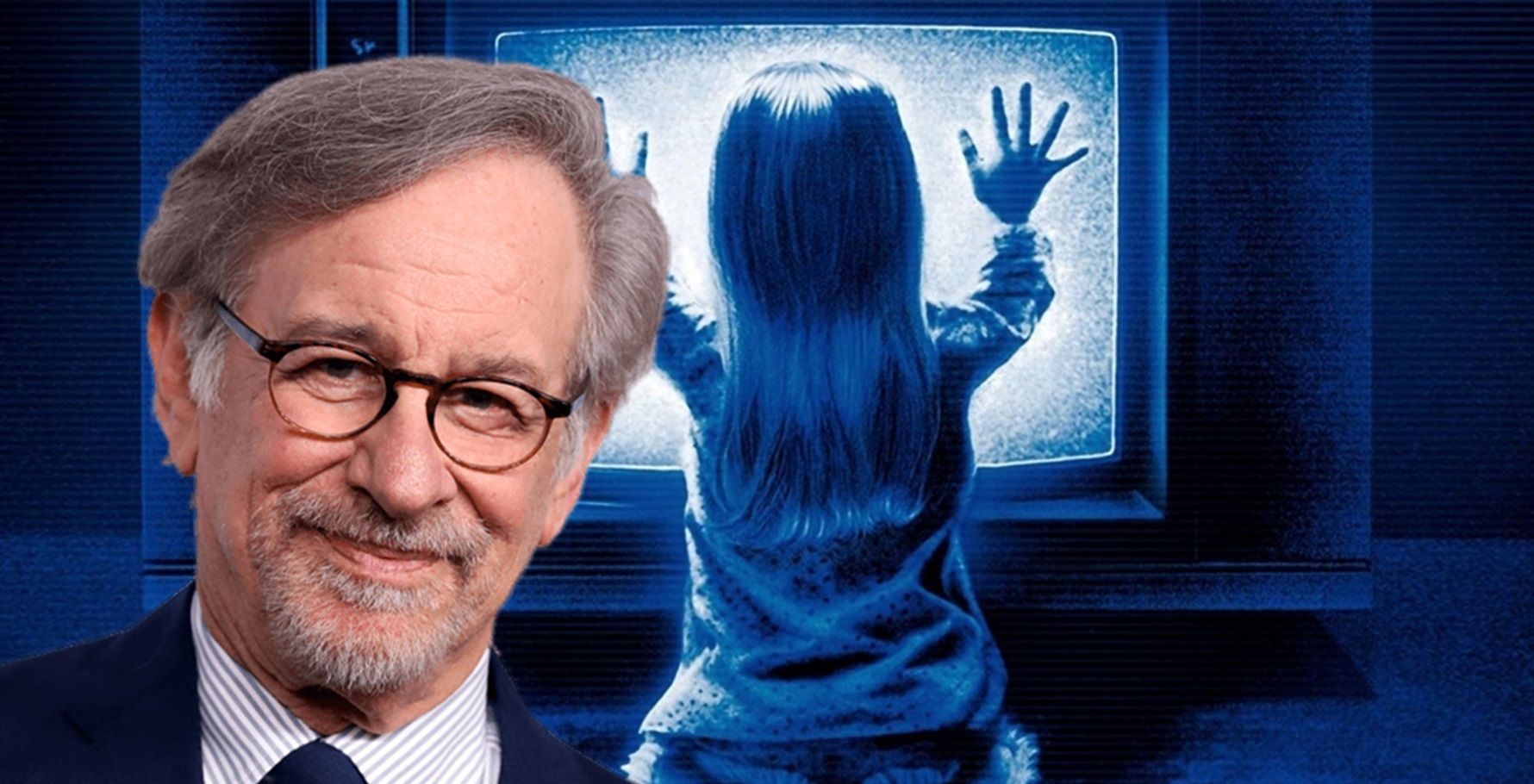Steven Spielberg is set to write Spielberg’s After Dark, a horror series to be made for upcoming mobile app Quibi, the tales literally designed to only be experienced in the dead of night. Although Spielberg is largely known for his mass-appealing family films, straightforward tales of terror began his career with relentless road chase Duel and never-bettered shark thriller Jaws.
Set to launch in April 2020, Quibi – a contraction of Quick Bites – is a creation of Jeffrey Katzenberg, former Disney chairman and co-founder of DreamWorks with Spielberg. The app is streaming service for short-form series designed for viewing on mobile devices, each between two and four hours long and divided into segments no longer than ten minutes. The intent is for the material to be watched on the go, appealing to people – young people in particular – whose busy lives require them to spend a lot of time on their devices and so can be watched whenever they have a spare few minutes.
As reported on Variety, Spielberg’s After Dark will be among a predicted 7000 pieces of content to be made available during Quibi’s first year of operation. Details about the plot of the series itself were not released, but far more interesting is the required nocturnal viewing of it. To achieve this, Quibi will use the phone to ascertain where the viewer is in the world and the local times of sunset and sunrise. A countdown clock will appear to show how much darkness remains, and when it hits zero the show will disappear from available viewing options until dusk rolls around again.
Quibi has already raised $1 billion from investors and with more on the way, Katzenberg stating that almost every major media conglomerate has invested in the project, meaning that funding for the high-end content won’t prove a problem, at least in the short term. As well as Spielberg, other filmmakers set to produce content include Steven Soderbergh, Guillermo del Toro, Doug Liman, Sam Raimi, Antoine Fuqua, and Catherine Hardwick, while actors appearing in the projects include the likes of Anna Kendrick and Laurence Fishburne.
While it’s easy to see the reasoning behind the enforced nighttime viewing, specifically being an attempt to recreate the feeling of being chilled by creepy tales while your imagination is heightened by whatever the shadows might be hiding – Scary Stories to Tell in the Dark, if you like – the reality and practicality of it is another matter. Although location tracking is pretty much standard for modern electronic devices, some people might be put off by the requirement for Quibi to be allowed access to do so itself. The variable time limit on viewing affects some people more than others, especially since the demographic the app is aimed at typically have to work long and often nocturnal hours to get by, already limiting when they’ll be able to watch the show. Also, different parts of the world experience different quantities of daylight, to the extent that in settlements around the Arctic Circle, such as in Scandinavia, northern Canada, Alaska and Iceland, there are times of the year that experience the midnight sun, where there is no sunset at all for weeks, or even months at a time. There is always the possibility that the quality of Spielberg’s After Dark will outweigh the inherent limitations of its gimmicky concept – this is Spielberg, after all – but it won’t be until Quibi is launched that it will become apparent either way.
Source: Variety


